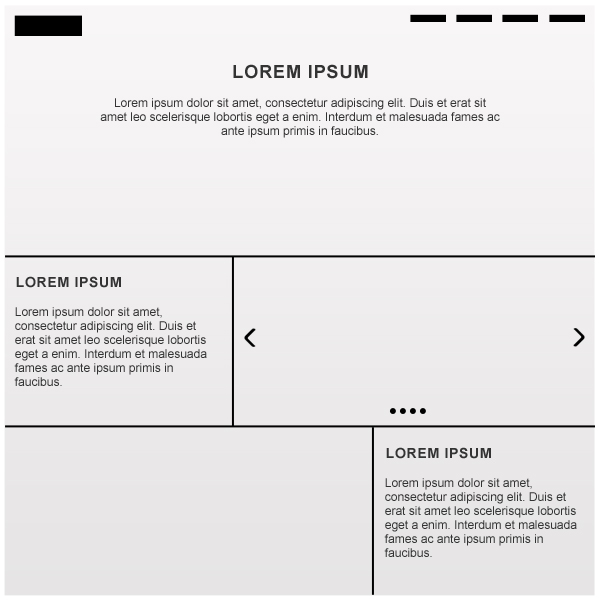

When you want to specify the proximity of the child control's border to the parent control's border, use the parent control's Padding property in conjunction with the child control's Margin property. To achieve the precise layout required for your application, your controls will often contain child controls. You can set each of the aspects of the Margin property, Left, Top, Right, Bottom, to different values, or you can set them all to the same value with the All property. Move the selected control to the left of the other control and observe that the snapline retains the value observed in step 4.

Move the selected control below the other control and observe that the snapline is shorter. The snapline defining the sum of the margin values is longer and that the control snaps to a greater distance from the other control.Ĭhange the Margin property of the selected control by expanding the Margin entry in the Properties window and setting the Top property to 5. Select one of the Button controls and move it close to the other.
#WINDOW TIDY SPACING BETWEEN LAYOUTS WINDOWS#
For details, see Walkthrough: Arranging Controls on Windows Forms Using Snaplines.Ĭhange the Margin property of one of the controls by expanding the Margin entry in the Properties window and setting the All property to 20. The control you are moving snaps to this distance. This distance is the sum of the two controls' Margin values. Observe the snapline that appears between them. Select one of the Button controls and move it close to the other, until they are almost touching. Arrange controls on your form using the Margin propertyĭrag two Button controls from the Toolbox onto your form. The control you are moving will also snap to the distance defined by the margins. When you move a control close enough to another control, you will see a snapline that shows the margins for the two controls. You can set the default distance between your controls using the Margin property. Select the form in the Windows Forms Designer. In Visual Studio, create a Windows Application project called LayoutExample. You'll need Visual Studio to complete this walkthrough. It will not resize itself to be smaller than the value of its original Size property, and it will account for the value of its Padding property.

The AutoSize property tells a control to automatically size itself to its contents. The following illustration shows the Padding and Margin properties on a control. The Padding property defines the space in the interior of a control that keeps the control's content (for example, the value of its Text property) a specified distance from the control's borders. The Margin property defines the space around the control that keeps other controls a specified distance from the control's borders. Three of the most important are the Margin, Padding, and AutoSize properties, which are present on all Windows Forms controls. The Windows Forms Designer in Visual Studio gives you many layout tools to accomplish this. Precise placement of controls on your form is a high priority for many applications.


 0 kommentar(er)
0 kommentar(er)
